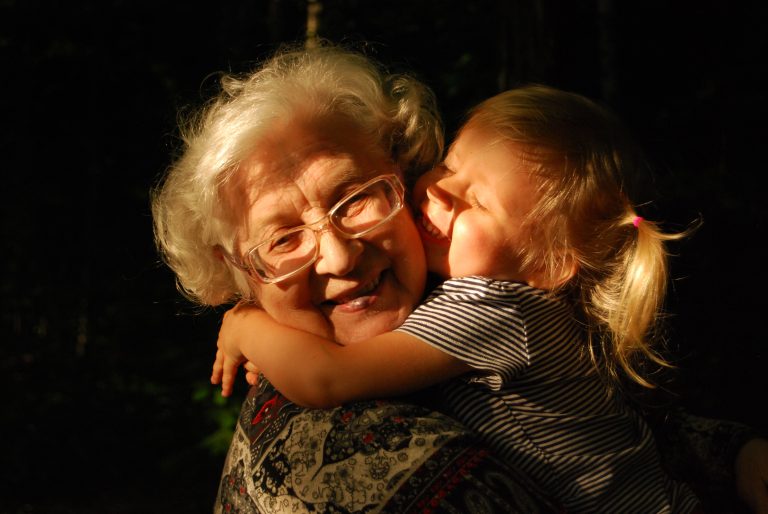Copenhagen is finally over. So, did it achieve what we expected?
There had been so much hype leading up to it and expectations were high. It
attracted record attendances including well over 100 heads of state – and we
thought that surely this boded well for a strong outcome for the environment.
But good attendance didn’t necessarily mean a good outcome.
Indeed, there were so many people attending COP 15 that the organisation of
the conference really became a bit of a farce. Delegates, including scientists,
had to wait in queues for up to 10 hours in freezing conditions simply to get
their accreditation to enter the conference centre. Once they finally did,
organisers simply changed the rules and locked them out; meaning that many who
had attended COPs for years couldn’t even participate. Many simply changed their
tickets and flew home, wasting time and sometimes thousands of dollars.
But success isn’t about the frustrated tens of thousands, it is about what
changes will happen and whether greenhouse gas emissions will finally peak and
decline to a safe level. I, like many others who believe we need to swiftly restructure our economy, am
disappointed with the outcome. It has not put us on the path the scientists
tell us we must embark on. It is clear that most political leaders do not yet
fully realise that taking action is not only necessary, but that if they act
swiftly, it will also be good for their economy and their citizens. If they
did, they would act without the precondition of others doing the same.
But the glass is just as much half full as it is half empty. Last week we
had historic participation by world leaders and the strongest recognition yet
that we need to take action. We also have the clearest indication that a global
agreement might happen. We need to get over the hurt of not getting all we wanted
and make sure that 2010 is the year we deliver the ratifiable treaty the planet
so desperately needs.



